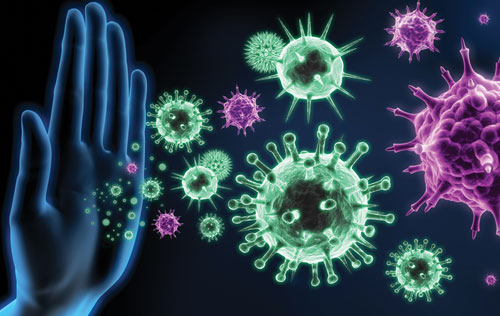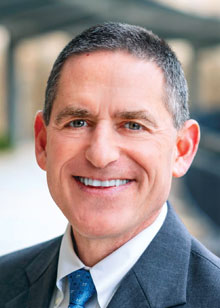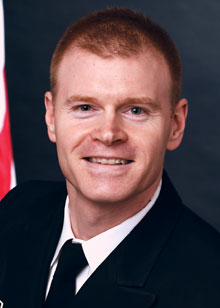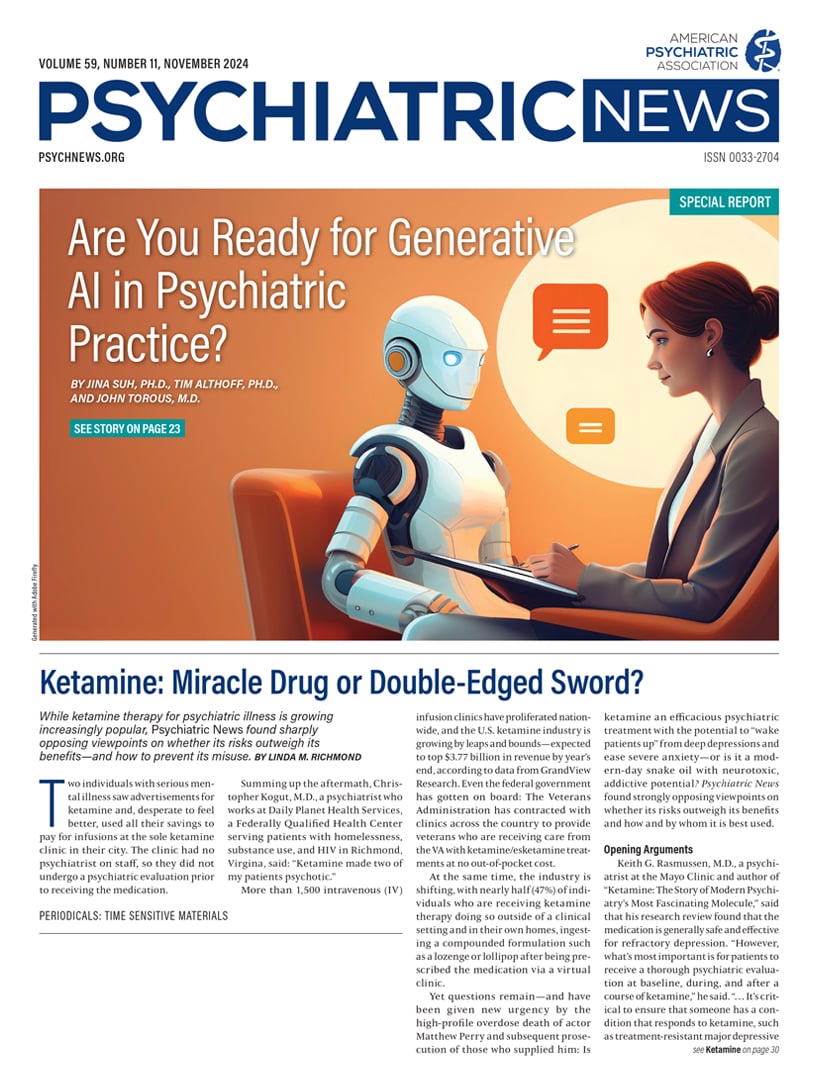People who use substances are at greater risk for contracting infectious diseases such as HIV, hepatitis C, methicillin-resistant Staphylococcus aureus, and sexually transmitted infections (STIs). Risk factors in this population include sharing needles and other substance use paraphernalia, engaging in risky behaviors such as unprotected sex, and forgoing health care owing to social determinants of health such as poverty and homelessness.
Addressing the twin challenges of substance use and infectious disease calls for a mix-and-match approach that offers prevention, treatment, and harm-reduction services for multiple conditions in one place, according to speakers in a webinar hosted by the Substance Abuse and Mental Health Services Administration (SAMHSA) and the CDC’s National Center for HIV, Viral Hepatitis, STD, and Tuberculosis Prevention (NCHHSTP).
Jonathan Mermin, M.D., M.P.H., director of NCHHSTP, described substance use and infectious disease as a syndemic, wherein two or more diseases are clustered within a population, interact with each other, and worsen the health of the community overall.
“There are social, epidemic, and biological factors that create conditions for clustering,” Mermin said. “Because these overlap, we’ve started to think about ways for us to take a more holistic, strategic approach where we can do better than if we were doing separate, siloed interventions.”
Harm Reduction Saves Lives
Mermin said that although geography matters—it makes more sense to target areas where substance use and infectious disease are clustered rather than distribute resources and funding equally across a state—the venues where services are offered are just as important.
“If I have a substance use treatment program, what other high-priority interventions could be a standard part of services?” Mermin said. “Most people think of testing and diagnosing HIV, but what about testing for hepatitis C or giving vaccinations for hepatitis A and hepatitis B?”
Mermin emphasized the importance of harm-reduction efforts such as syringe services programs. “These programs have been associated with about a 50% reduction in the incidence of HIV and hepatitis C, but with strong linkage to substance use treatment, it becomes even more effective,” he said, citing a
Cochrane review showing that syringe service programs combined with medications for opioid use disorder such as methadone or buprenorphine lower the risk of hepatitis C infection by 74%.
“It also has been shown that these programs do not increase crime or illegal drug use, which is one of the initial concerns about them,” Mermin added.
Mermin said that science-based public health policy can save a great deal of money as well as lives. For example, a
study in the
Journal of Acquired Immune Deficiency Syndrome found that syringe services programs in Philadelphia averted 10,592 HIV infections over 10 years and yielded estimated annual savings of $243 million.
Recognizing Humanity
Christopher Jones, Pharm.D., D.Ph., M.P.H., a captain in the U.S. Public Health Service and director for substance abuse prevention at SAMHSA, noted a discrepancy in the number of facilities that claim to offer multiple services and the number of facilities that actually do.
“In the National Substance Use and Mental Health Services survey, a SAMHSA survey done each year of all brick-and-mortar treatment facilities that we’re aware of, slightly more than half said they provided education, counseling, or support around HIV or AIDS, and 57% said [the same] about viral hepatitis,” Jones said. “But when we [looked at] HIV testing and testing for hepatitis C, hepatitis B, and other STIs, we see that really it’s a third or less that provide that service. It gets even lower when we talk about pharmacological interventions or medical interventions like vaccinations for hepatitis A or hepatitis B—only about 12%.”
Jones described the six pillars of SAMHSA’s harm-reduction framework, in which efforts:
•
Are led by people who have used substances
•
Embrace the inherent value of people
•
Commit to deep community engagement and community-building
•
Promote equity, rights, and reparative social justice
•
Offer accessible and noncoercive support
•
Focus on positive change, as defined by the person who uses substances
“People often think of harm reduction solely as interventions, and we felt it important to think about [it] as an approach to engaging with human beings. How do we meet people where they are in empathetic, compassionate ways that [affirm] that every person has inherent dignity and value?” Jones said. “Oftentimes people who use drugs have been treated so poorly that they don’t want to engage with the health system, … so these principles are a way to think about how we show up and [work] with them in their communities.” ■



